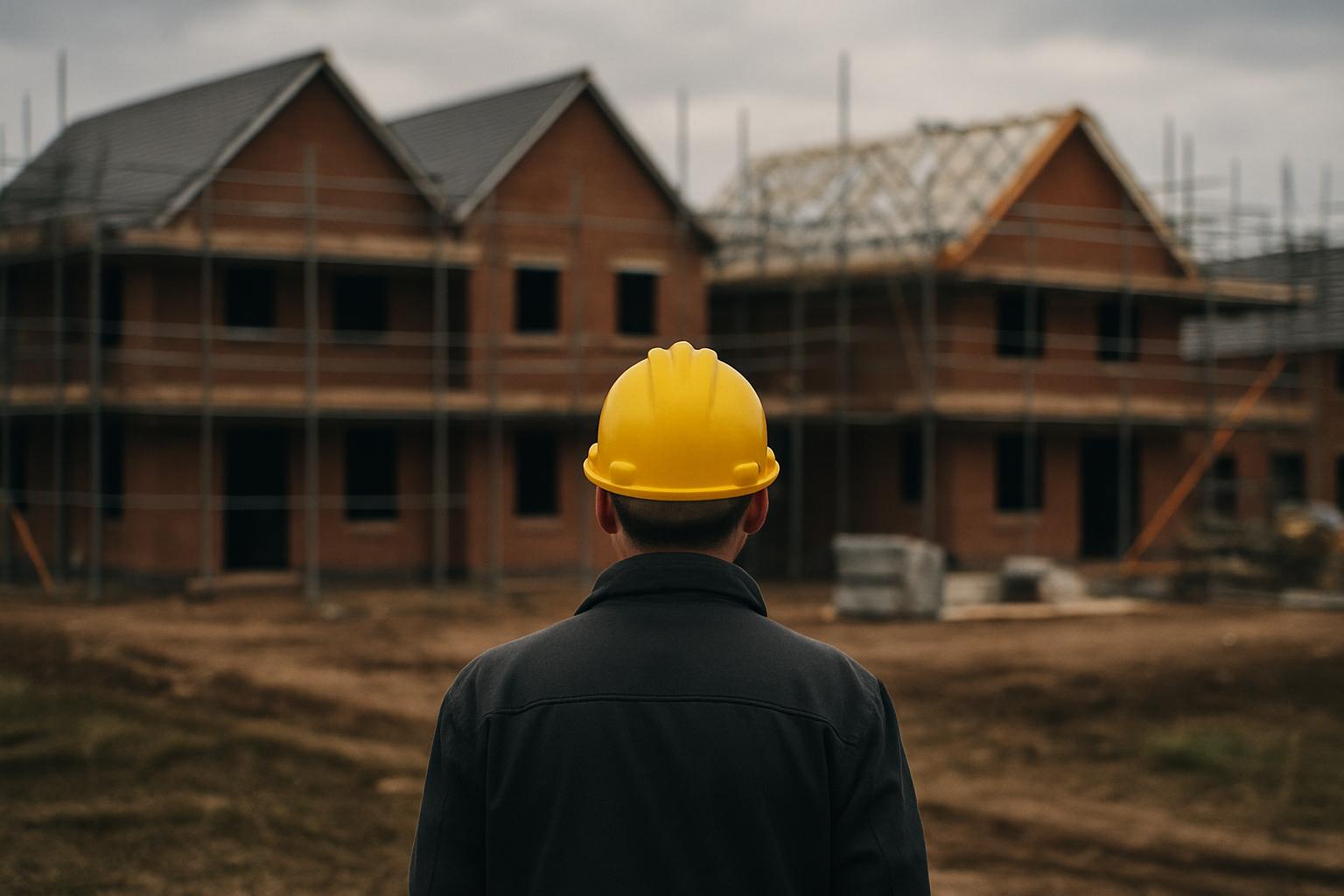Steve Reed, the newly appointed housing secretary, has expressed frustration at the sluggish progress in housebuilding and pledged that construction will commence on three new towns before the next general election. These towns have been identified at Tempsford in Bedfordshire, Crews Hill near north London, and South Bank in Leeds. Reed, addressing the Labour conference, criticised the previous Conservative government for blocking housing development for 14 years, stating they “crushed the dreams of families” seeking affordable homes.
Reed’s announcement forms part of a broader government initiative aimed at building at least 12 new towns across England, each with the capacity to deliver a minimum of 10,000 homes. The overarching plan aims to contribute significantly to Labour’s promise of constructing 1.5 million new homes over the current parliamentary term. These new settlements are designed to be more than just housing projects; they are intended as fully integrated communities with essential infrastructure including public transport, schools, and affordable housing to support sustainable growth. The government’s ambition reflects a renewed drive to address the longstanding housing crisis by not only increasing the quantity of homes but also ensuring quality of life through comprehensive urban planning.
However, not all responses have been positive. Residents of Tempsford, one of the proposed new town sites, have voiced concerns about the lack of communication from government officials regarding the scale and impact of the development. The local parish council chairman described a "void of information," leading to unease among the community. Such concerns highlight the challenges governments face in balancing rapid development with transparent engagement and community consent, especially in rural or semi-rural areas unaccustomed to large-scale urban expansion.
Reed also paid tribute to his predecessor, Angela Rayner, calling her a “true working-class hero” for her efforts on workers’ rights, council funding, and housebuilding, despite her resignation amid controversy over underpaid stamp duty tax. Reed’s remarks drew a standing ovation, projecting a sense of continuity and commitment within the Labour Party’s housing agenda.
Despite the ambitious plans, scepticism remains. Opposition figures like James Cleverly, the shadow housing secretary, dismissed the new town proposals as lacking credibility, suggesting they are empty promises unlikely to be realised. Reed acknowledged in media interviews that the pace of housebuilding has not met expectations, attributing delays mainly to the backlog of planning permissions left by the previous government. He emphasised his administration’s intent to reform planning rules to accelerate construction and prevent future bottlenecks—a critical factor in delivering on the housing targets.
These pledges must also be understood within the context of wider political dynamics. Labour leader Sir Keir Starmer is positioned to lead the party into the next general election with housing policy being a focal point of their platform, though internal party pressures and calls for renewed authenticity have also emerged from influential voices within affiliated unions.
Additionally, urban planning experts and business groups have stressed the importance of locating at least one new town within Greater London, taking advantage of the capital's existing public transport infrastructure to better meet the city’s acute housing needs. This suggestion dovetails with Labour’s strategy to tackle housing shortages by developing thoughtfully planned new settlements reflecting local contexts.
Overall, while Labour’s commitment to starting construction on new towns is a significant development in UK housing policy, these plans will need to come with effective communication strategies, community consultation, and streamlined planning reforms. The success of these initiatives will be judged not just on the number of homes built but on the quality of communities created and the extent to which they address both current housing shortages and long-term social and economic needs.
📌 Reference Map:
- Paragraph 1 – [1], [2], [3]
- Paragraph 2 – [3], [5], [6]
- Paragraph 3 – [4]
- Paragraph 4 – [1], [6]
- Paragraph 5 – [1]
- Paragraph 6 – [1], [2]
- Paragraph 7 – [6], [7]
- Paragraph 8 – [1], [4], [5], [7]
Source: Noah Wire Services
